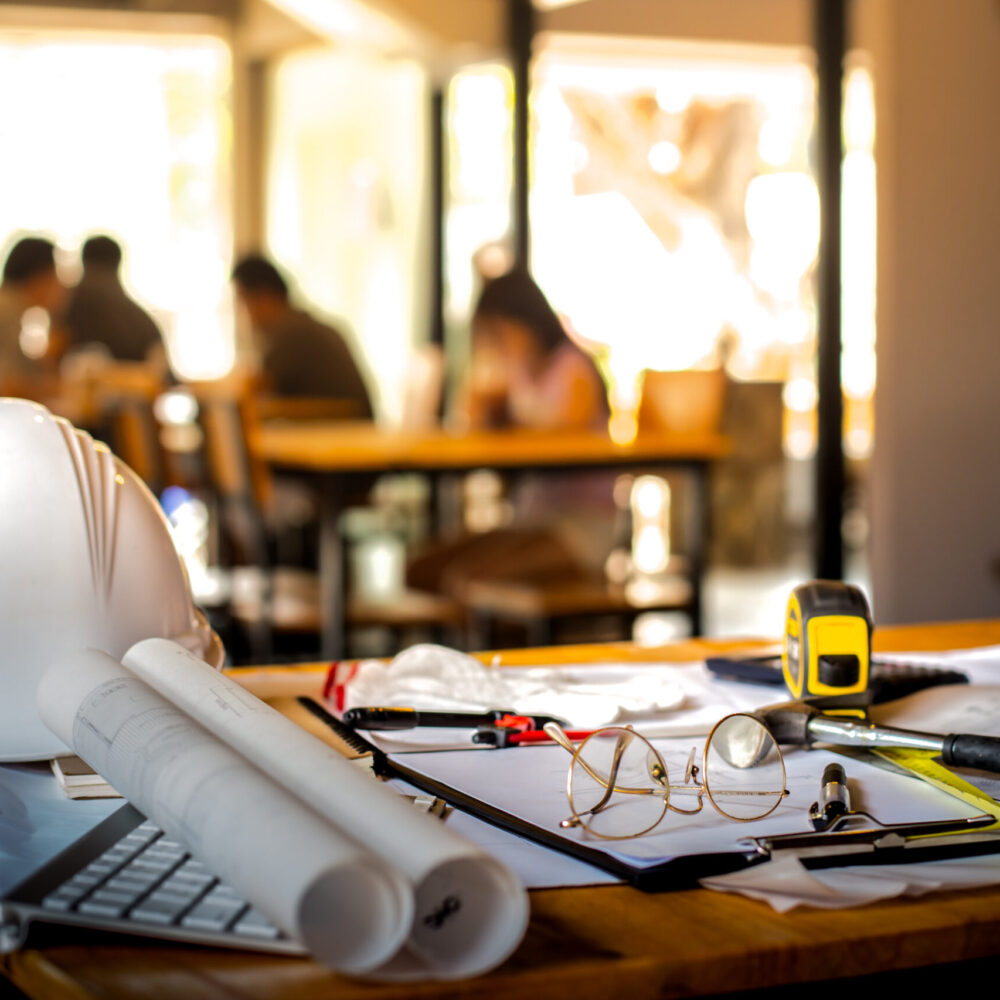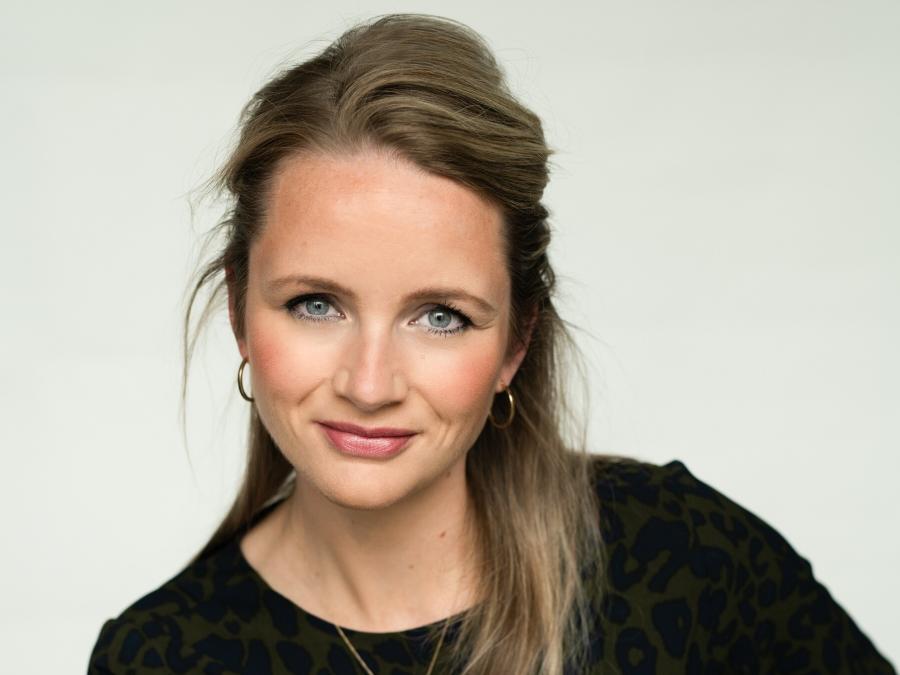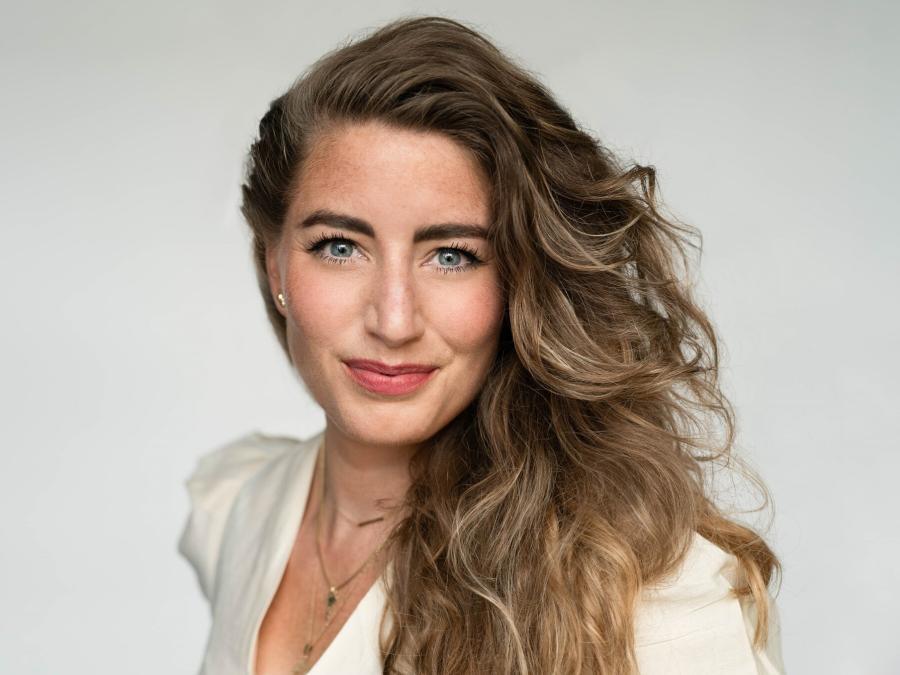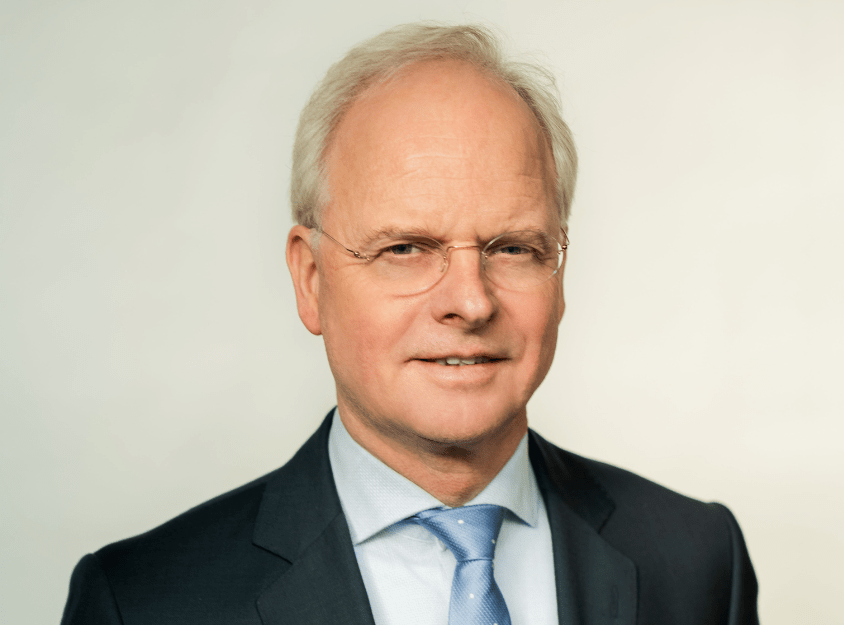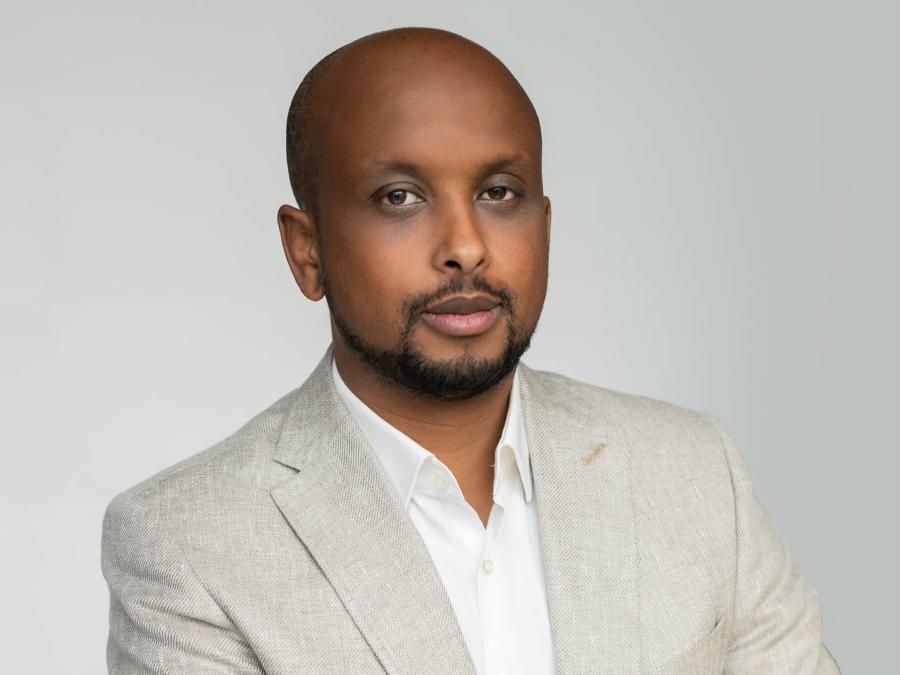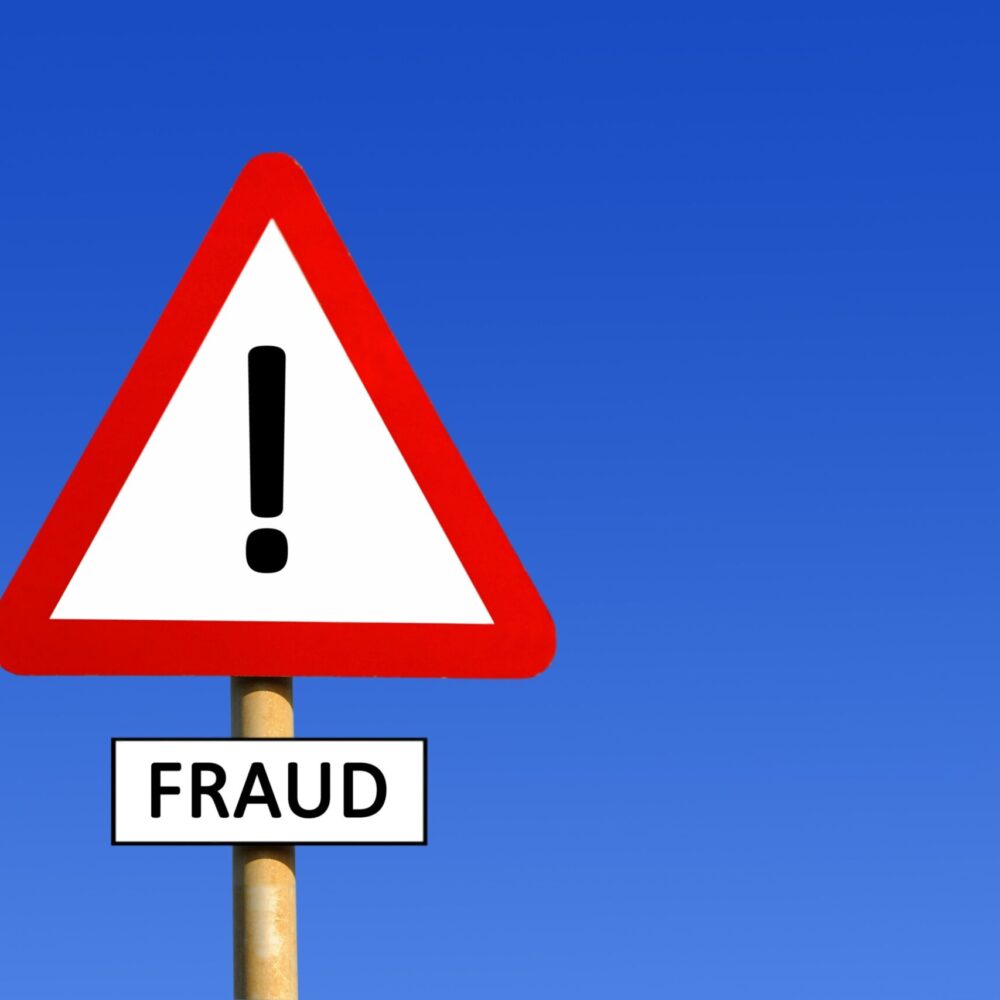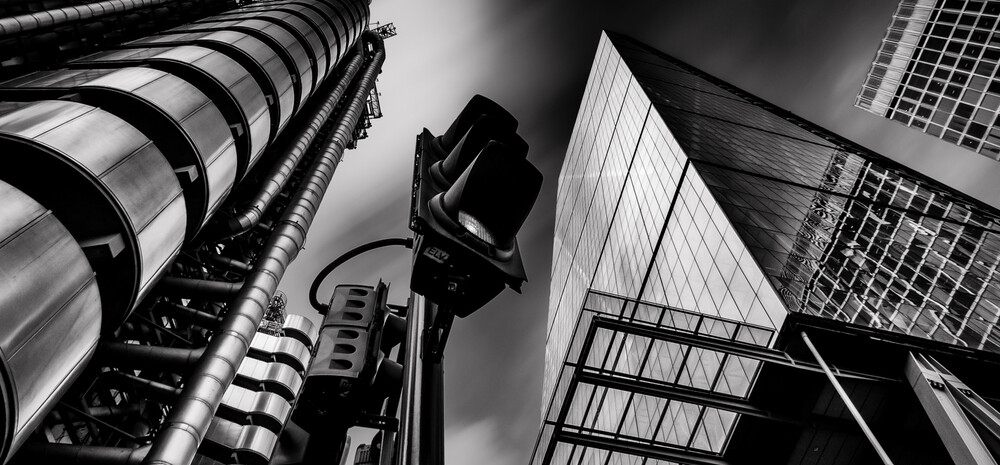TBR 2018/189
Over verzekerbare en niet-verzekerbare risico’s in de bouw en de herziene UAV-GC
Een korte opinie van mr. F.R.A. Schaaf (1)
1. Inleiding
In het Tijdschrift Aanbestedingsrecht en Staatssteun nummer 3 (juni 2018) breken E.M. van Dam en E. Verweij de lans voor, kort gezegd, een beperking van aansprakelijkheid van de opdrachtnemer onder de UAV-GC 2005 (2). De thematiek is actueel tegen de bredere achtergrond van de herziening van die UAV-GC 2005 die in voorbereiding is. Het is een goed onderbouwd betoog voor de stelling dat, en waarom, het in het kader van die herziening van de UAV-GC goed is ook na te denken over zo een beperking van aansprakelijkheid en de verdere systematische inpassing daarvan in de nieuwe regeling.
Op verzoek van de redactie van TBR bespreek ik in deze opiniebijdrage enkele nadere overwegingen bij dat deel van het betoog van de auteurs dat gaat over de verhouding van zo een systematisch uit te denken beperking van aansprakelijkheid van de opdrachtnemer onder de UAV-GC in relatie tot het verzekeringsaspect. Mrs. Van Dam en Verweij schrijven immers, als zij bepleiten in het kader van de herziening van de UAV-GC 2005 een cap op te nemen op de aansprakelijkheid van de aannemer: ‘In dit licht is onderzoek naar de verschillende verzekeringen die een opdrachtnemer kan uitnemen, en de omvang van de dekking daaronder, minder van belang voor de discussie over beperking van aansprakelijkheid’.
Mijn kanttekening bij die benadering zou zijn, dat men door de kwalificatie ‘minder van belang’ potentieel relevante informatie laat liggen. Degene die nadenkt over het antwoord op de vraag welke beperking van aansprakelijkheid van de opdrachtnemer nuttig en nodig is in de aanstaande, herziene UAV-GC, kan zijn antwoord daarop meer diepgang geven indien inzicht bestaat in hetgeen wel (en met name: niet) verzekerbaar is. Voor tal van partijen in het economisch verkeer is de relatie tussen (de omvang van de) aansprakelijkheid en verzekering een directe (3) en naar mijn mening is dat voor de toekomstige versie van de UAV-GC op dit specifieke punt niet anders.
2. Bouwen en verzekeren
Bouwen is een chronologisch proces. Het verloopt van een idee naar een ontwerp, gevolgd door de uitvoering en de oplevering of het gebruik van het werk. De in Nederland gebruikelijke verzekeringsproducten sluiten daar tot op zekere hoogte bij aan: de adviseur die ontwerpt beschikt als het goed is over een passende BA-dekking (beroepsaansprakelijkheid) (4). De aannemer die uitvoert beschikt over een AVB-dekking (aansprakelijkheidsverzekering bedrijven) en voorziet (zelf of via de opdrachtgever) in een CAR-dekking. In de uiteindelijke gebruiksfase richt de aandacht zich op een brand- /opstaldekking en een bedrijfsschadeverzekering.
Elk van deze verzekeringsproducten kent grenzen. Door het trekken van die grenzen worden risico’s wel of niet overgeheveld naar de betrokken verzekeraar. Voor de ontwerpende adviseur zal veelal gelden dat zijn verzekeraar alleen bereid is de risico’s te dragen die voortvloeien uit gebruikelijke voorwaarden, zoals de DNR 2011. Zijn die DNR in afwijking van de polis in een concreet geval niet overeengekomen tussen de adviseur en zijn opdrachtgever, dan bepaalt de polis veelal dat aan de adviseur dekking wordt verleend alsof de voorwaarden van toepassing zíjn.
Een AVB-dekking is belangrijk voor een uitvoerend aannemer. De dekking is meestal gekoppeld aan het begrip ‘schade aan personen of schade aan zaken’ en de daaruit voortvloeiende vermogensschade. Zuivere vermogensschade zal in de regel niet onder zo een polis gedekt zijn. Wie als bouwbedrijf geconfronteerd wordt met de uitloop op een werk en een daaraan gekoppelde boete zal dan ook in de regel niet terug kunnen vallen op zijn AVB. Wie daarentegen tijdens de uitvoering van het werk schade berokkent aan een derde (denk aan een bemaling en heiwerkzaamheden die tot scheurvorming bij belendingen leiden) zal zich gesteund weten door zijn AVB-verzekeraar. De aannemer die als aannemer (en dus niet als ontwerpende bouwer) verzekerd is, moet zich realiseren dat ontwerpen en uitvoeren ook hier niet hetzelfde zijn. Dient zich een ontwerpactiviteit aan dan is in zo een geval afstemming met de verzekeraar aan te bevelen: zo een activiteit zou buiten de verzekerde hoedanigheid kunnen vallen (5).
Een AVB-verzekeraar is ook huiverig voor het overnemen van bepaalde risico’s die men kwalificeert als het ‘quasi eigenaarsrisico’ (6). Een voorbeeld daarvan is te vinden in de zogenaamde opzichtclausule die standaard in AVB-polissen is opgenomen. Wat een aannemer onder zich heeft (bijvoorbeeld het werk in uitvoering of een deel daarvan) kan door de werking van de opzichtclausule buiten de dekking vallen (7). Ook daar vervult de CAR-polis een belangrijke rol. Die CAR-polis (die in de regel is opgebouwd via een rubrieken structuur waarbij vooral Rubriek I (het werk) en Rubriek III (bestaande eigendommen opdrachtgever) voor de aannemer van belang zijn) trekt de grens tussen wel of niet gedekt zijn immers via het antwoord op de vraag of er binnen de gedekte periode (8) sprake is van ‘schade aan het werk’. Als op een werk niets kapot is, en slechts niet of minder functioneert, dan zal de CAR-polis daarvoor dus niet opkomen. Uit het voorgaande volgt ook dat het begrip ‘ontwerpfout’ niet zonder meer betekenis heeft voor de standaard in de bouw beschikbare verzekeringsproducten zoals AVB en CAR: de dekking is daaraan immers niet specifiek gekoppeld.
3. Bouwen, ontwerpen én verzekeren (9)
Het is geen nieuws dat er contracten zijn (opgekomen), waarbij de aannemer belast wordt met een vorm van ontwerpverantwoordelijkheid en dus met het daaraan verbonden risico. In de kern is de problematiek helder. Wie zich als aannemer verbindt tot ontwerpwerk en daarvoor op zijn beurt ontwerpdisciplines inschakelt (architect, raadgevend ingenieur, constructeur) kan geconfronteerd worden met aanspraken terzake het eindproduct. De verzekeringsmarkt is daar al enige tijd op ingesprongen, nadat dekking daarvoor al in het buitenland verkrijgbaar was (10). Ik citeer als voorbeeld een internetpublicatie over de dekking van zo’n verzekering (11):
‘De Bouw Ontwerp Verzekering is een uitgebreide verzekering voor de dekking van ontwerprisico’s. Het biedt aannemers dekking voor materiële schade aan het werk zelf (instortingen e.d.) met inbegrip van daaruit voortvloeiende vermogensschade (bedrijfsschade e.d.) maar ook niet-materiële schade. Hierbij moet meer worden gedacht aan een situatie dat het bouwobject als zodanig niet ‘stuk’ is, maar er toch schade ontstaat en kosten moeten worden gemaakt om het bouwobject zodanig te maken dat het kan worden gebruikt voor het oorspronkelijke doel of functie. Ook bij bijvoorbeeld balkons waarvan geconstateerd wordt dat deze ‘onveilig’ zijn als gevolg van een verkeerd ontworpen verankeringsmethode is er sprake van diverse te maken kosten (stutten, slopen opnieuw opbouwen) om uiteindelijk een goed functionerend eindproduct te leveren’.
Zo een BOV-polis is overigens geen panacee. De dekking is nog steeds begrensd. Uit dezelfde publicatie die hiervoor aan de orde is:
‘De dekking van de Bouw Ontwerp Verzekering geldt voor claims waar de verzekerde wettelijk en/of contractueel aansprakelijk voor is. Het gaat om claims die door derden (bijvoorbeeld de nieuwe eigenaar van een pand) worden ingediend tijdens de looptijd van de verzekering. De claims moeten een gevolg zijn van nalatigheden, fouten en verzuim bij de uitoefening van professionele activiteiten en taken door de aannemer. De activiteiten en taken kunnenbestaan uit het professioneel ontwerpen, het maken van ontwerpspecificaties, supervisie tijdens de uitvoering (van derden), haalbaarheidsstudies en technische specificaties’.
Er moet dus daadwerkelijk sprake zijn van een nalatigheid, fout of verzuim wil een beroep op dekking onder zo een polis kunnen worden gedaan. Deze omschrijving lijkt ruim maar heeft blijkens de rechtspraak daadwerkelijk betekenis als het gaat om het trekken van de grenzen van de dekking. Als in het werk de gevelbekleding niet deugt omdat de toegepaste folie (anders dan gedacht) tot vochtdoorslag leidt, dan is er niet zonder meer dekking omdat die folie niet deugt. Het Hof Amsterdam overweegt over de in dit geval toegepaste polisvoorwaarden van de BOV:
‘Anders dan geïntimeerde heeft aangevoerd, brengt het voorgaande mee dat voor de dekking niet beslissend is of de door geïntimeerde ontworpen en toegepaste folie niet functioneerde in het werk en dat zij contractuele verplichtingen jegens [geïntimeerde] niet is nagekomen. Het enkele feit dat een gebrek is vastgesteld omdat het werk niet voldeed aan de daaraan te stellen eisen en dit een tekortkoming oplevert in de nakoming van de overeenkomst van onderaanneming, is niet voldoende voor het verzekerd zijn voor de aanspraak van [Z] . Dat is alleen het geval als de aansprakelijkheid voor de geclaimde kosten voortvloeit uit een nalatigheid in het ontwerp van de gevelbekleding. Anders gezegd: de redenering van geïntimeerde gaat uit van de ingetreden gevolgen, maar de dekking knoopt naar het oordeel van het hof aan bij een specifieke oorzaak van de schade, namelijk dat de aansprakelijkheid voor de schade moet voortvloeien uit een nalatigheid in het ontwerp’ (12).
In het kader van de BOV vermeld ik ook nog kort het bestaan van de ‘verborgen gebreken verzekering’ (VGV). Daarover is bij mijn weten geen rechtspraak bekend. Zie ik goed, dan kreeg deze polis bij introductie niet direct de handen van bouwende partijen op elkaar (13): ‘De VGV is gebaseerd op de in het buitenland gangbare Inherent Defects Insurance (IDI). De polis dekt schade door gebreken in bouwprojecten die bij oplevering niet waren ontdekt. Daarbij gaat het om de kosten van reparatie, vervanging of versteviging van het bouwwerk die voorvloeien uit een verborgen gebrek. Dat gebrek moet zijn ontdekt én gemeld gedurende de verzekeringstermijn van tien jaar. Bovendien geldt de eis dat het gebrek moet leiden tot vernietiging of materiële schade aan constructieve delen of tot instortingsgevaar. Aanvullend wordt vergoeding verleend voor slopen en verwijdering van puin en honoraria van advocaten, experts of adviseurs. Als dat nodig is om te voldoen aan voorschriften, worden extra reparatiekosten door veranderingen in het ontwerp, gebruik of toepassing van verbeterde materialen of verbeterde bouwmethodes eveneens vergoed. De VGV is een secundaire verzekering, die standaard verhaalt op de veroorzaker’.
4. Hoe verder?
Van Dam en Verweij signaleren dat opdrachtnemers die gebruik maken van de UAV-GC 2005 er behoefte aan hebben op voorhand hun aansprakelijkheid te kunnen bepalen en zo een regeling ook internationaal gebruikelijk zou zijn. Dat komt mij logisch voor. Het voorzien in die behoefte vraagt een afgewogen visie, die rekening houdt met hetgeen redelijkerwijs verzekerbaar is. Wat niet verzekerbaar is, zal uiteindelijk door de UAV-GC opdrachtnemer moeten worden opgebracht uit eigen middelen. De verhouding tussen de beschikbare verzekeringsdekking, de eigen middelen én de bepleite beperking van aansprakelijkheid bepaalt naar mijn mening uiteindelijk in onderlinge samenhang de mate waarin de nieuwe UAV-GC door gebruikers als redelijk wordt aangemerkt en dus succesvol zal blijken te zijn.
1 Frank Schaaf is als advocaat verbonden aan Ekelmans en Meijer te Den Haag.
2 E.M. van Dam en E. Verweij, ‘Proportionele beperking van aansprakelijkheid in de herziene UAV-GC’, Tijdschrift Aanbestedingsrecht en Staatssteun, 2018/3.
3 Een illustratie daarvan is de bepaling die niet onbekend is in door advocaten gehanteerde voorwaarden: Er wordt geen aansprakelijkheid aanvaard behoudens voor het geval de verplicht afgesloten beroepsaansprakelijkheidsverzekering in voorkomend geval aanspraak op een uitkering geeft.
4 Door architecten die niet zijn aangesloten bij de BNA wordt lang niet altijd een (passende) BA-verzekering afgesloten. Uit eerder onderzoek bleek dat één derde van de Nederlandse architecten niet of onderverzekerd is. Zie S. van Gulijk, European Architect Law, towards a new design (diss. UvT), Apeldoorn: Maklu 2008, p. 143.
5 Zie voor een toepassing daarvan: Gerechtshof ’s-Hertogenbosch, 18 augustus 2015, ECLI:NL:GHSHE:2015:3239. Het Hof achtte een deskundigenbericht noodzakelijk voor het antwoord op de vraag of de betrokken aannemer nog wel binnen de verzekerde hoedanigheid was gebleven bij de bouw van een varkensstal. Het Hof wilde weten: ‘Is het gebruikelijk dat een aannemer als [Bouwbedrijf] initiatieven ontplooit om af te wijken van oorspronkelijke bouwtekeningen op onder meer het gebied van de materiaalkeuze (kalkzandsteen in plaats van beton), de maatvoering (openingen) en de constructie (verankering), waarbij zij ter zake een en ander a) advies vraagt aan het CVK (door toezending van een schetstekening) en/of door raadpleging van CVK-publicatie 1990 en/of CVK-fotopromotiemateriaal, b) op grond van de praktijk kiest voor een bepaalde uitvoering wat betreft dikte scheidingswanden ten aanzien van opleglengte roostervloeren en c) advies vraagt aan een derde-constructeur ten aanzien van de andere krachtenverdeling op de vloer’.
6 Zie voor een debat over deze bepaling: Rechtbank Overijssel, 23 februari 2016, ECLI:NL:RBOVE:2016:786: ‘Bij het quasi-eigenaarsrisico gaat het om zaken van derden die aan de zorg van verzekerde worden toevertrouwd of die een verzekerde op de een of andere manier onder zijn hoede heeft genomen. In feite worden deze zaken tijdelijk aan de bezittingen van verzekerde toegevoegd. Verzekerde gebruikt die zaken voor zichzelf en heeft ze tot zijn beschikking alsof het zijn eigen zaken zijn. In dat geval oefent verzekerde een zo grote feitelijke macht over die zaken uit, dat de kans op schade vergelijkbaar is met de kans, dat de eigenaar schade toebrengt aan zijn eigen zaken’.
7 Zie bijvoorbeeld Gerechtshof Amsterdam, 13 september 2007, ECLI:NL:GHAMS:2007:BC0320: ‘In opdracht van de v.o.f. Ontwikkelingscombinatie Nieuw-Amerika (OCNA) heeft Midreth aannemingswerkzaamheden verricht aan het pakhuis Australië. Deze werkzaamheden hielden in, kort samengevat, het verwijderen van dak, tussenwanden en vloerdelen (strippen) van dit pakhuis en het verstevigen van de (drie overgebleven) gevels om deze in te passen in ter plaatse te realiseren nieuwbouw. Op 16 september 2002 is brand ontstaan tijdens werkzaamheden van een onderaannemer van Midreth. De gevolgen van deze brand waren zo ernstig dat de voorgenomen inpassing geen doorgang meer kon vinden’. In deze zaak werd het beroep van de verzekeraar op deze clausule overigens verworpen.
8 Meestal te onderscheiden in ‘BT’ (= bouwtermijn) en ‘OHT’ (= onderhoudstermijn).
9 In de wandelgangen: BOV.
10 Een van de eerste melding vind ik per oktober 2007 op de website van bouwwereld.nl: ‘De verzekering dekt het ontwerprisico van de aannemer af. Hiermee speelt dit product in op de toenemende verzekeringseisen die aan aannemers worden gesteld, met name op het gebied van ontwerpaansprakelijkheid.’
11 <>https://www.aon.com/netherlands/producten/pdf/Bouw_Ontwerp_Verzekering_productsheet.pdf<>.
12 Gerechtshof Amsterdam 25 augustus 2015, ECLI:NL:GHAMS:2015:3482.
13 Amweb, 10 april 2008 via https://www.amweb.nl/archief/nieuws/2008/04/bouwwereld-blijft-twijfelenaan-nut-verborgen-gebrekenpolis-10159677.









